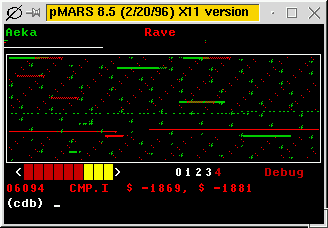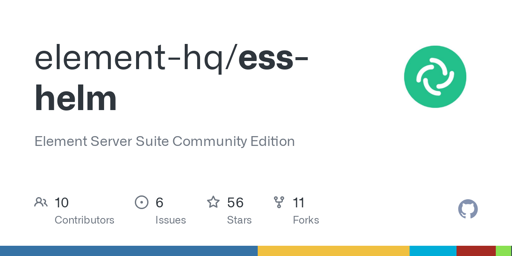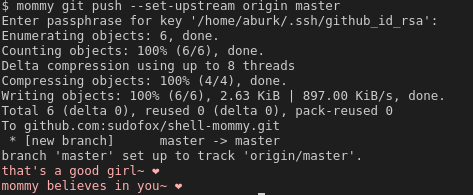This may sound kind of weird, but do you really need a communication platform for a LUG?
Our local LUG uses meetup and a website for advertising and telling people when we meet (once every two weeks at the same spot). (Okay I guess the one time our spot was closed and we had to track down people's phone numbers to inform them of the new spot wasn't that fun).
Anyway, we have a mailing list, an irc, and a matrix chat bridged to the irc, but they are effectively dead and no one uses them. The lack of activity on them makes me wonder if you really need to have a chatroom to run a LUG. We seem to get by just fine, for the most part.







My recommendation is meetup and a website for advertising purposes. Meetup is frustrating, yes, but at the same time it's where I have found almost all the linux and tech groups near me.